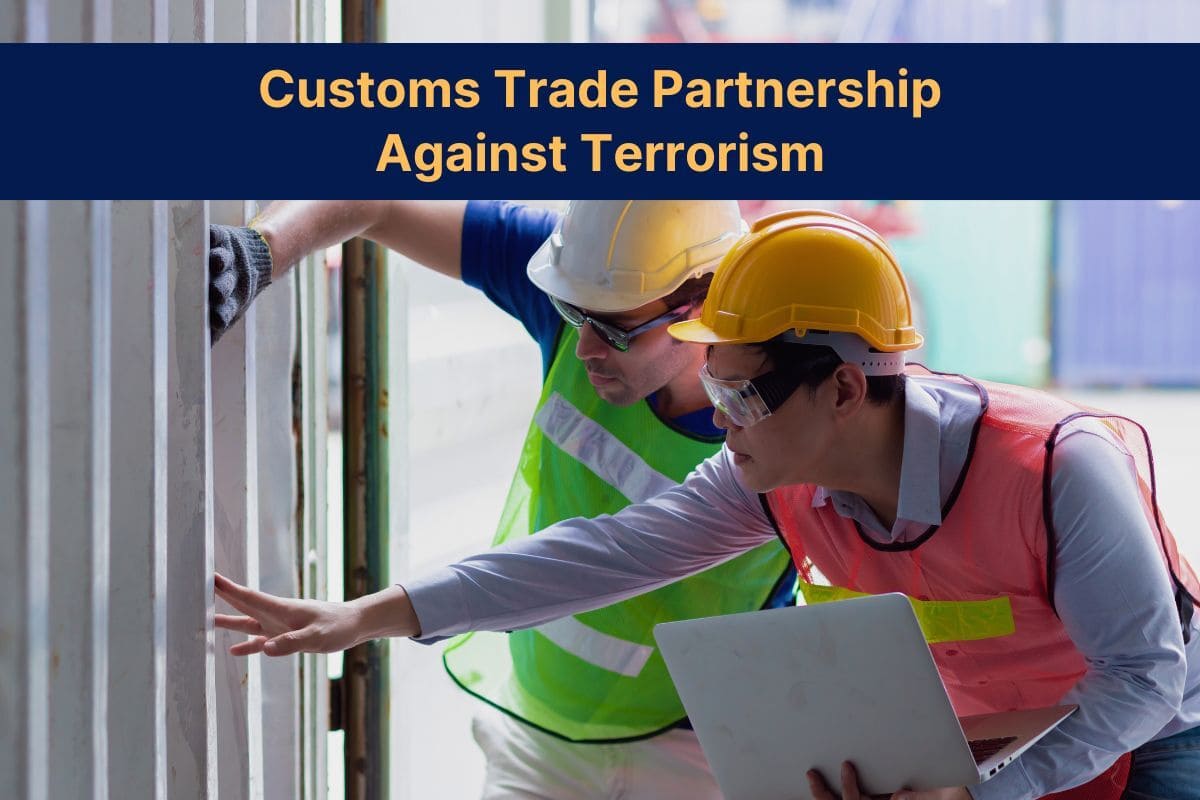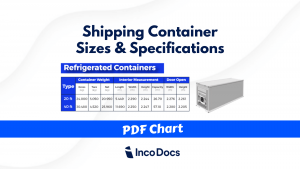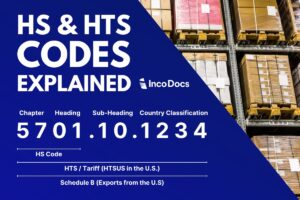The Customs Trade Partnership Against Terrorism (CTPAT) is a voluntary initiative run by U.S. Customs and Border Protection (CBP) that encourages businesses to strengthen the security of their supply chains against potential terrorist threats. Companies that achieve CTPAT certification are recognized as “trusted partners” in global trade, showcasing their commitment to safeguarding the flow of goods.
This article will walk you through the key details of CTPAT certification. We’ll cover the benefits, where to apply, and what to expect. You’ll learn why CTPAT is a smart move for logistics and trading businesses.
CTPAT Meaning and Importance
CTPAT stands for Customs Trade Partnership Against Terrorism. It connects businesses and the US government to improve international supply chain security. The goal is to reduce risks like illegal activities, terrorism and smuggling.
CTPAT is a voluntary program. This means companies decide if they want to participate. Joining this would demonstrate their commitment. This includes keeping cargo safe from drug trafficking or weapons smuggling. It also helps prevent human trafficking and stops criminals from using the supply chain.
CTPAT Founding
CTPAT was introduced in 2001 in response to the 9/11 attacks in New York with the goal of securing supply chains and preventing terrorism through secure trade practices. Initially, the program focused on US importers, aiming to protect goods entering the country. Over time, it expanded to include a broader range of participants involved in global trade, such as freight forwarders, customs brokers, foreign manufacturers, marine port authorities, terminal operators, long-haul carriers in Mexico, and certain third-party logistics providers (3PLs). This expansion helped strengthen security across the entire supply chain, not just at the point of entry into the US.
Key Benefits of CTPAT Certification for Companies
CTPAT-certified companies enjoy several key advantages that streamline their operations and enhance their competitiveness. One of the primary benefits is reduced customs inspections, allowing for faster clearance and fewer delays. In situations where delays occur, certified companies receive priority processing, helping them avoid extended wait times. Additionally, they gain access to Free and Secure Trade (FAST) lanes at border crossings, offering expedited clearance and front-of-line privileges, especially during emergencies.
CTPAT certification also strengthens a company’s reputation, demonstrating a strong commitment to supply chain security. This helps build trust with partners and customers, and can even lead to global recognition as a trusted and preferred business in the supply chain.
The certification provides cost savings as well. With fewer inspections and quicker processing times, companies can reduce customs-related expenses and improve overall efficiency. Streamlined procedures help businesses manage operations more effectively, lowering costs further. For US importers, CTPAT certification offers significant operational and financial advantages.
The CTPAT certification requirements
CTPAT certification is available to a wide range of businesses involved in cross-border trade with the US including importers, exporters, logistics providers, foreign manufacturers, terminal operators, and other supply chain partners. Each business type must meet specific security standards designed to protect the global supply chain from risks such as terrorism and smuggling.
To qualify, companies must implement best practices that secure their transportation processes and safeguard cargo at every stage. This includes physical security measures, personnel security, access controls, and more, all tailored to the unique needs of their business type.
For detailed requirements specific to your business, visit the CBP CTPAT Security Criteria page, which outlines the necessary standards for each sector and provides a clear guide for CTPAT compliance.
If your business meets the eligibility criteria, you can apply through the CTPAT Application Portal. The portal walks you through the process of creating an account and submitting your security profile. Achieving certification not only helps strengthen your supply chain security but also builds trust with trade partners and regulatory authorities.
CTPAT 7-Point Container Inspection: Enhancing Container Security
The 7-point container inspection is a crucial step in ensuring the safety of cargo and preventing tampering during transit. This process checks containers from the point of origin to the final destination, looking for signs of unauthorized access or hidden items. It’s an essential part of CTPAT’s guidelines for securing containers.
Below is a breakdown of each inspection point:
- Front Wall: Check the front wall for unusual marks, holes, or damage that might suggest tampering.
- Left and Right Side Walls: Inspect both side walls for patches, alterations, or other changes.
- Floor: Examine the floor for unusual repairs or hidden compartments.
- Ceiling and Roof: Review the ceiling and roof for any new welds or modifications.
- Doors and Hinges: Confirm that all door locks and container seals are secure. Match the seal number with the original records to ensure it has not been altered.
- Exterior Structure: Look for any changes to the external structure, like new holes or added patches.
- Interior Structure: Check the inside walls, floor, and ceiling for any signs of tampering or hidden spaces.
CTPAT vs. AEO vs. PIP: Understanding the Differences
AEO: Global Trade Simplification Program
AEO, or Authorized Economic Operator, is a certification program developed by the World Customs Organization (WCO). It’s widely used in the EU and other regions to enhance the security and efficiency of customs processes.
Companies with AEO certification enjoy several benefits, including fewer customs checks and quicker processing of shipments. Their certified status is also recognized by programs like CTPAT, helping to reduce delays and build trust with global partners. AEO is especially useful for businesses involved in international trade across multiple regions, making global trade faster, smoother, and more reliable.
PIP: Enhancing Canada-US Trade Security
PIP (Partners in Protection) is a program managed by the Canada Border Services Agency (CBSA) to secure trade between Canada and the US. Its goal is to prevent illegal activities and reduce risks at the border. PIP works together with CTPAT to create a safer supply chain in North America.
PIP members are given trusted trader status, which means they face fewer border inspections and enjoy faster processing times. This program is especially helpful for Canadian companies shipping to the US as it helps reduce delays and makes cross-border trade more efficient.
Below is a table that highlights the main differences between these programs:
| Program | Region | Purpose | Benefits | Who It’s For |
|---|---|---|---|---|
| CTPAT | United States | Enhance U.S. supply chain security | Faster customs clearance, fewer inspections | US. importers, exporters, carriers, logistics providers |
| AEO (Authorized Economic Operator) | European Union (and others) | Standardize customs processes for safety | Mutual recognition, simplified customs procedures | EU companies and global traders |
| PIP (Partners in Protection) | Canada | Strengthen Canada-U.S. trade security | Trusted trader status, reduced inspections | Canadian importers, exporters, and logistics providers |







